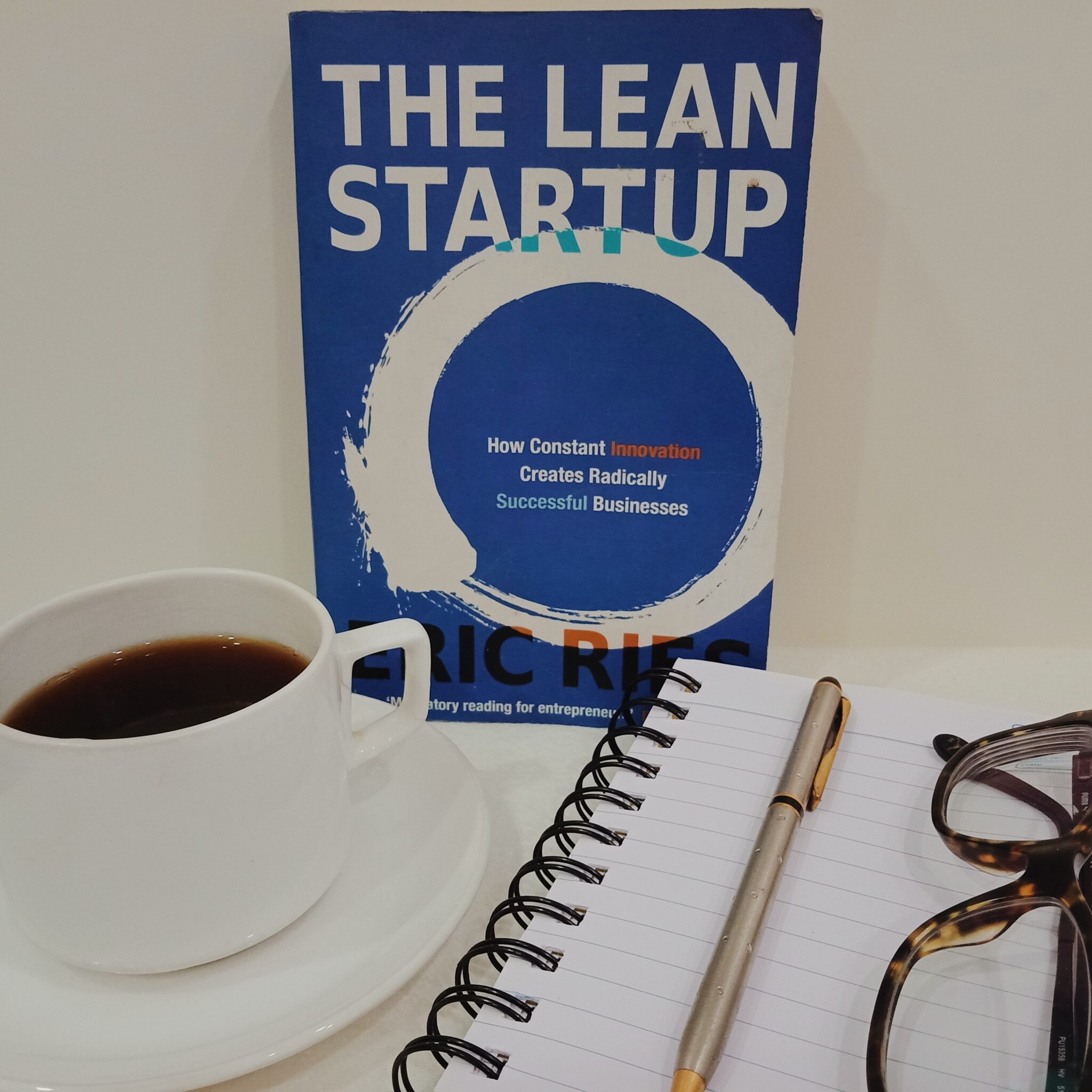

The Lean Startup method emphasizes the need to involve customers in the product development process, rather than simply building products and hoping they'll sell. One of the key takeaways from the book is the importance of customer development. This continuous cycle of building, measuring, and learning is what allows a startup to make constant progress and fine-tune their strategy. This MVP is then launched and tested in the market, the feedback is used to measure the results and learn from them, and then the team iterates and improves the product. In this loop, a startup begins by building a Minimum Viable Product (MVP) which is the smallest possible version of a product that allows learning about the customers and the problem they want to solve. The Lean Startup method offers a more effective approach by emphasizing a "build-measure-learn" loop, which is used to validate business ideas and improve product development. The main premise of the book is that traditional business models are no longer effective in today's fast-paced, technology-driven environment. The Lean Startup Summary Explanation of the main concepts and principles

In this blog post, we'll dive deeper into the key concepts and principles outlined in The Lean Startup and explain how these can be applied to startups and businesses of all sizes. The book has since become a must-read for entrepreneurs, startup founders, and business leaders alike. In 2011, Eric Ries released his best-selling book "The Lean Startup," which outlines a new approach to building and scaling successful businesses.


 0 kommentar(er)
0 kommentar(er)
